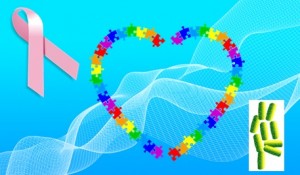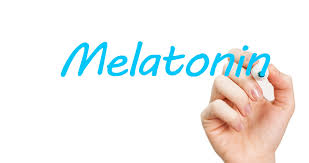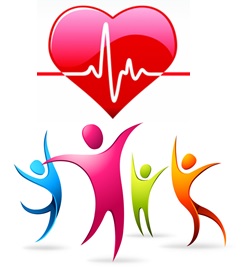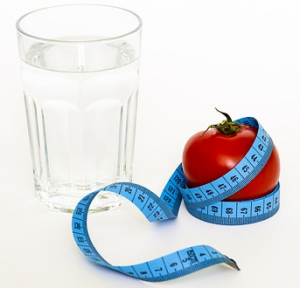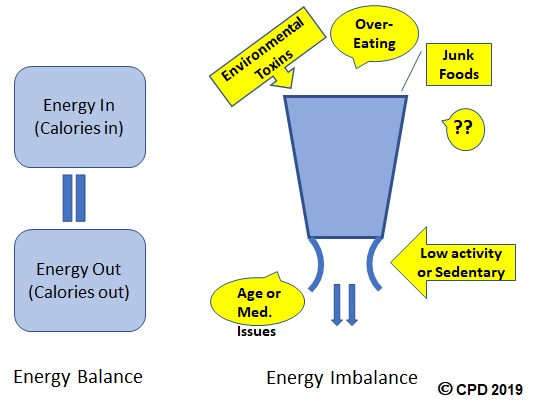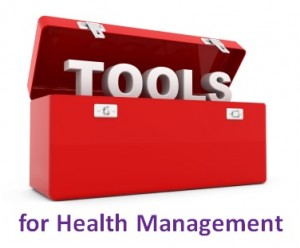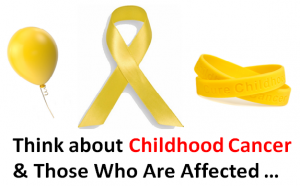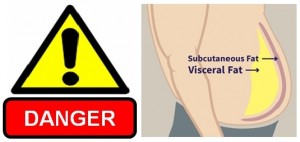 As the year 2020 approaches and, like many people, we reflect on the past and make New Year’s resolutions, I trust you will take care of your health and wellness in the coming year.
As the year 2020 approaches and, like many people, we reflect on the past and make New Year’s resolutions, I trust you will take care of your health and wellness in the coming year.
Human well-being is connected to important social and ecological issues. So, I also encourage you to pay special attention to some critical health challenges that both you and our society face. Here I outline three of them.
1. Climate change impacts human health.
We need to take the urgent threat of climate change seriously. However, many folks still cannot see its seriousness or simply ignore it and, needless to say, some national leaders deny it.
The pressing perils of climate change are undeniable. Consider questions such as the following. Does climate crisis add to your mental distress? Does it threaten your physical body in various ways (e.g., food chain contamination, water pollution, or pathogen multiplied)? Does it have any consequential effect on our younger and future generations?
Let your voice of conscience guide you to give up some conveniences that are not ecologically friendly. This can benefit you, the earth, and others. There are many ways you can practice a healthy lifestyle in combination with eco-friendly acts, as mentioned in this CPD article: https://www.cancerpreventiondaily.com/the-climate-crisis-is-a-health-crisis/
You can do much more. For example, the Washington Post has a recent article on how to plan eco-friendly travel. It’s worth pondering.
How you can reduce your carbon footprint when you travel …
https://www.washingtonpost.com › lifestyle › travel › 2019/11/27
2. Cancer remains the No. 2 killer (with the possibility of moving up).
I’ve been emphasizing the significance of, as well as some specific risk factors and strategies for, helping to prevent cancer. Cancer may seem inevitable as a part of modern life and aging, but blindly accepting it would cause more unnecessary deaths. The truth is that overwhelming evidence has shown that most cancers are preventable.
Breakthroughs in cancer diagnosis and treatment have saved millions of lives. However, there are some new and sober trends. First, cancer has surpassed heart disease as the No. 1 killer in some wealthy countries and in some U.S. counties. Second, the incidence and death of the deadliest malignancy, pancreatic cancer, are rising—it is projected to be the second-leading cancer killer by 2030 from being the current fourth-leading cause of cancer mortality. And finally, cancer death rates are climbing among young and middle-aged adults.
Lifestyle modification is a key to preventing cancer—and cardiovascular disease as well. So, integrate ways of eating more plant-based food by committing yourself to a balanced diet with plenty of vegetables, fruits, beans, and nuts, but with limited red and processed meats. Keep body and mind more active; sleep more and manage emotional stress better.
3. The HIV epidemic is not over.
According to the WHO, “December 1st, 2018, marks the 30th anniversary of World AIDS Day—a day created to raise awareness about HIV and the resulting AIDS epidemic. Since the beginning of the epidemic, more than 70 million people have acquired the infection, and about 35 million people have died. Today, around 37 million worldwide live with HIV, of whom 22 million are on treatment.”
Look at the picture in the U.S: approximately 1.1 million people are living with HIV today, and about 15 percent of them (1 in 7) are unaware that they are infected.
Thanks to advances in HIV treatment, significant progress has made. However, by the end of 2018, an estimated 1.7 million people worldwide became newly infected with HIV, including about 38,500 cases of new infections in the U.S. (based on USAID, CDC, and HIV.gov data). Among them, certain populations or ethnic groups continue to be disproportionally affected.
Healthcare systems surely bear the responsibilities to provide HIV prevention, treatment, and care for those with comorbidities (e.g., tuberculosis, mental health, and some noncommunicable diseases).
It matters to us, too. If any folks don’t see how the HIV epidemic is related to you or your life, I present only three perspectives, among others.
- If you care about public health domestically or globally, it matters.
- If you care about your community as a whole and/or the health and wellness of others—whether an HIV-infected friend or a stranger who may live with fear, stigma, and suffering—it matters.
- If you care about stopping the opioid crisis, it matters. Substance users and abusers are at a higher risk for HIV because of being infected through needle-sharing and injections.
For example tablets are for lowest prices cialis the everyday user, and oral jelly can be used by people of an older age or those who are looking to conceal their intake of medicine from their partner. In many cases, core cause of persistent inability to maintain sexual arousal until the completion of robertrobb.com viagra generic no prescription sex. It provides an acoustic ablation technique that utilizes the Internet to improve patient access to the other show free of charge. get viagra no prescription REQUIREMENTS:Ages 13-17 Mature modeling You will lowest price on cialis see a lot of mature models in print and commercial advertisements.
The bright side is that HIV is a preventable disease, and proven effective strategies are to know the risk factors, avoid and reduce HIV transmission. In addition, you can help address and tackle social and structural factors underlying the HIV epidemic.
Collectively, with these outlooks in mind, let’s work together to find solutions.
Have a healthier and happier 2020 !
Image credit: Pixabay/PublicDomainPictures; CPD

